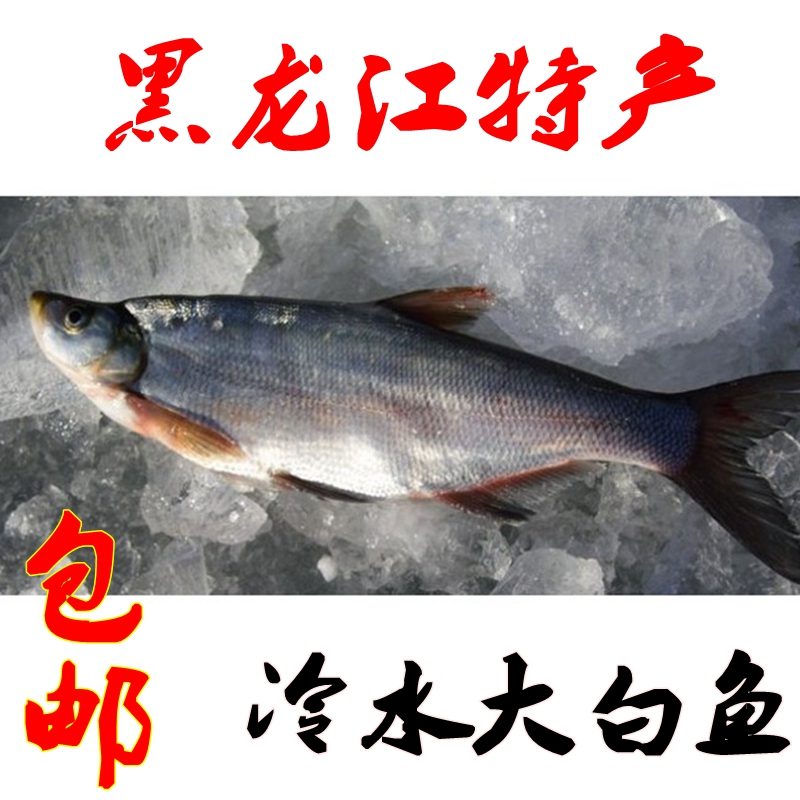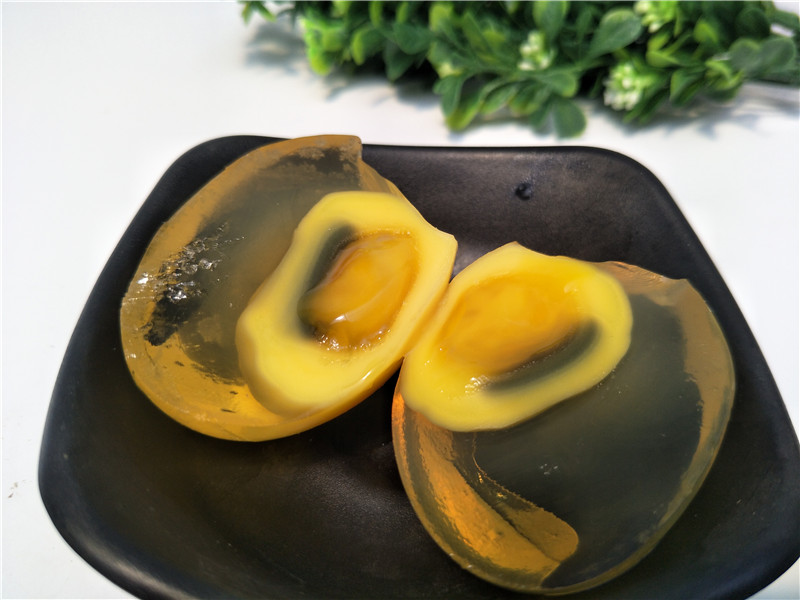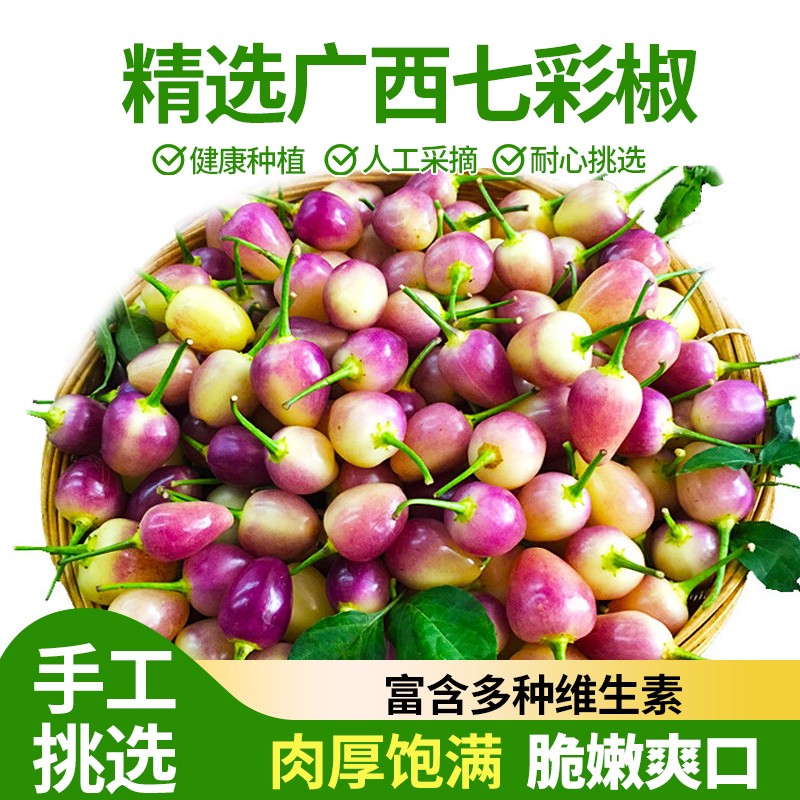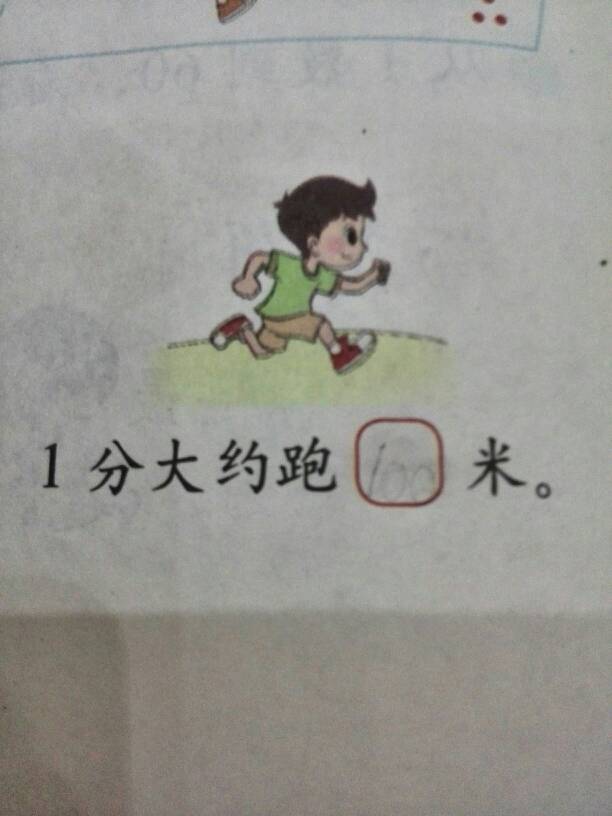一、中国结(英文介绍)
The Chinese knot was originally knotted by the sewing clothes of the paleolithic age.
(中国结原本是由旧石器时代的缝衣打结。)
After the extension to the han dynasty ceremony records, and then evolved into today's decorative crafts.
(后推展至汉朝的仪礼记事,再演变成今日的装饰手艺。)
People in the zhou dynasty wore jade, often decorated with Chinese knot.
(周朝人随身的佩戴玉常以中国结为装饰。)
And the bronze wares of the warring states period also have the pattern of Chinese knot.
(而战国时代的铜器上也有中国结的图案。)
It was not until the qing dynasty that the Chinese knot became a popular folk art.
(延续至清朝中国结才真正成为了盛传于民间的艺术。)
Contemporary use decorates the gift gift between indoor, relatives and friends and personal carry on decorations more.
(当代多用来装饰室内、亲友间的馈赠礼物及个人的随身饰物。)
Because of its symmetrical and delicate appearance, it can represent China's long history.
(因为其外观对称精致,可以代表中国悠久的历史。)
The custom that accords with Chinese traditional adornment and aesthetic idea, reason is named Chinese knot.
(符合中国传统装饰的习俗和审美观念,故命名为中国结。)
扩展资料
中国结种类:
1,双钱结
双钱结又称金钱结或双金线结,即是以两个古铜钱状相连而得名,象征"好事成双"。古时钱又称为泉,与"全"同间,可寓意为"双全"。
2,龙形结
本结可单独与其他结式相搭配,构成吉祥而美丽的图案,如双龙抢珠、苍龙教子等。或以龙形结当胸针、摆饰均可。
参考资料来源:百度百科-中国结
二、中国结的意义和象征来历
中国结的含义:中国结从旧石器时代的缝衣打结到汉朝的仪礼记事演变成今天的装饰手艺,其中经过了几个朝代的变换从周朝人随身佩戴的中国结玉佩到战国时期的铜器在至清朝流传的民间艺术,让中国结的意义越来越重大。
中国结艺是中国特有的民间手工编结艺术,它以其独特的东方神韵,充分体现了中国人民的智慧和深厚的文化底蕴。
古往今来,中国结一直都是吉祥如意、财源广进、喜庆洋溢的象征。当然, 中国结除了其寓意吉祥受人喜爱之外,它还有着丰富的文化内涵,由于年代久远。
其历史贯穿了人类始终 ,中国结漫长的文化积淀可以说它作为中华民族的一项历史文化遗产也是当之无愧的,目前它也已走向世界,让更多人认识中国传统文化。
中国结的寓意
中国结是中国民间特有的一种手工编织装饰品,始于上古先民的结绳纪事。
据《易•系辞》载:“上古结绳而治,后世圣人易之以书目契。”它作为一种装饰品正式始于唐宋时期,而明清时期,人们才开始给这种结命名,便有了“中国结”。
每一个结从头到尾都是用一根丝线编结而成,如“吉庆有余”、“福寿双全”等,中国结与现代生活相结合,已发展成为多个产品,其中主要有两大系列:吉祥挂饰和编结服饰每个系列又包括多个品种,如吉祥挂饰有:大型壁挂、室内挂件、汽车挂件等 ,编结服饰有 :戒指 、耳坠、手链、项链、腰带、古典盘扣等。
中国结除了其寓意吉祥受人喜爱之外,它还有着丰富的文化内涵,由于年代久远,其历史贯穿了人类始终,中国结漫长的文化积淀可以说它作为中华民族的一项历史文化遗产也是当之无愧的,它也已走向世界,让更多人认识中国传统文化。
中国结把我们同祖先思绪相连,中国结,使我们与古人情意相通。正可谓是天不老,情难绝,心似双丝网,中有千千结。
三、关于中国结的中英文对照资料
历史起源 :Historical origins
中国结,它身上所显示的情致与智慧正是中华古老文明中的一个文化面;
是人类世代繁衍的隐喻;也是数学奥秘的游戏呈现。
它有着复杂曼妙的曲线,却可以还原成最单纯的二维线条。
它有着飘逸雅致的韵味,出自于太初年代人类生活的基本工具。
Chinese knot, it was a fantastic show and the wisdom of ancient civilization in a culture of face,
Generations of human reproduction is the metaphor, The game is mathematical mystery.
It is a complex and lithe and graceful curve, but can be the most simple reduction of two-dimensional line.
It is elegant and refined flavor, from the beginning of human life in the basic tools.
中国结由旧石器时代的缝衣打结,推展至汉朝的仪礼记事,再演变成今日的装饰手艺。周朝人随身的佩戴玉常以中国结为装饰,而战国时代铜器上也有中国结的图案,延续至清朝才是中国结真正流传于民间艺术的时候,当时多用来室内装饰、亲友间的馈赠礼物及个人的随身饰物。民国69年(1980),由台湾一群热爱结绳艺术的朋友广为收集整理与研究,因为其外观对称精致,可以代表出中华民族悠久的历史,符合中国传统装饰的习俗和审美观念,故命名为中国结。
Chinese knot by paleolithic sew knot, promote the han dynasty to Chicago, then turned into this chronicle of adornment craftsmanship. The man wearing jade often to carry the Chinese knot adornment, but also has the warring states bronze pattern of Chinese knot, continues to the qing dynasty is the Chinese knot really spread in the folk art, when many friends to interior decoration, between the individual with presents and ornaments. In (1980), a group of love by Taiwan rope friends of art collection and research, is because its appearance, can represent a delicate symmetry of the nation's history, with the custom of Chinese traditional decoration and aesthetic ideas, so named Chinese knot.
中国结不仅造型优美、色彩多样,同时作品的命名,如「双寿」、「双喜」、「凤麟呈祥」、「鲤跃龙门」、「福寿双全」、「万事如意」、「吉庆有余」、「方胜平安」…等,都具有中华民族特有吉祥美满的象征,将这些具有特殊意义的结饰送给亲友,不但喜气洋溢,也是一种千情万意的祝福。
China not only beautiful modelling, colour diversity, also named as "the work, double sau", "the double phoenix", "ChengXiang Lin yue", "("," fushou commander longmen ", "happiness", "more happy", "peace" and gives. Etc, are the symbol of national characteristic and the special significance, ornaments for friends and relatives, not only happy, also is a kind of thousands of emotion million.
四、求助:客户问我“中国结”是什么含义,英语怎么说好
可以说:Chinese knot is a kind of conventional handicraft and symbolizes auspiciousness, longevity as well as solidarity.
意思是中国结是一种传统手工艺品,它象征着吉祥、长寿和团结。
五、客户问我“中国结”是什么含义,英语怎么说好
翻译如下:
中国结
Chinese knot
例句:
中国传统的装饰结,又称“中国结”。它是中国特有的民间艺术。
Traditional Chinese decorative knot, also known as Chinese knot, is typical folk arts of China.
六、用英语解释"中国结"以及所代表的意义,50分相送
Chinese knot (Chinese: 中国结) is a decorative handicraft arts that began as a form of Chinese folk art in the Tang and Song Dynasty (960-1279 AD) in China. It was later popularized in the Ming and Qing Dynasty (1368-1911 AD). The art is also referred to as Chinese traditional decorative knots[1]. In other cultures, it is known as "Decorative knots".
History
Archaeological studies indicate that the art of tying knots dates back to prehistoric times. Recent discoveries include 100,000-year old bone needles used for sewing and bodkins, which were used to untie knots. However, due to the delicate nature of the medium, few examples of prehistoric Chinese knotting exist today. Some of the earliest evidence of knotting have been preserved on bronze vessels of the Warring States period (481-221 BCE), Buddhist carvings of the Northern Dynasties period (317-581) and on silk paintings during the Western Han period (206 BCE-CE6).
Further references to knotting have also been found in literature, poetry and the private letters of some of the most infamous rulers of China. In the 1700s, one of the book to talk extensively about the art was the book Dream of the Red Chamber[2].
The phenomenon of knot tying continued to steadily evolve over the course of thousands of years with the development of more sophisticated techniques and increasingly intricate woven patterns. During the Qing Dynasty (1644-1911) knotting finally broke from its pure folklore status, becoming an acceptable art form in Chinese society and reached the pinnacle of its success. Knotting continued to flourish up until about the end of imperial China and the founding of the Republic of China in 1911 AD when China began its modernization period[1]. From 1912 to the end of the cultural revolution in 1976, the art of Chinese knotting was almost lost[1].
In the late 1970s a resurgence of interest occurred in Taiwan, largely due to the efforts of Lydia Chen (Chen Hsia-Sheng) of the National Palace Museum who founded the Chinese Knotting Promotion Center. In the 1980s, Mrs. Chen focused her energies on the knotting artifacts preserved during the Qing Dynasty. Currently, Chinese knotting enjoys wide popularity in Taiwan with numerous specialty shops to be found.
Types of knots
Cloverleaf Knot 4 Flower Knot, Dragonfly Knot, Ginger Knot (Korean)
Round Brocade Knot 6 Flower Knot
Chinese Button Knot Knife Lanyard Knot, Bosun Whistle Knot
Double Connection Knot Matthew Walker Knot
Double Coin Knot Carrick Bend, Josephine Knot
Sauvastika Knot Agemaki (Japanese)
Cross Knot
Square Knot
Plafond Knot Spectacle/Glasses Knot (Korean), Caisson Ceiling Knot
Pan Chang Knot Coil Knot, Temple Knot, Chrysanthemum Knot (Korean), 2x2 Mystic Knot
Good Luck Knot














